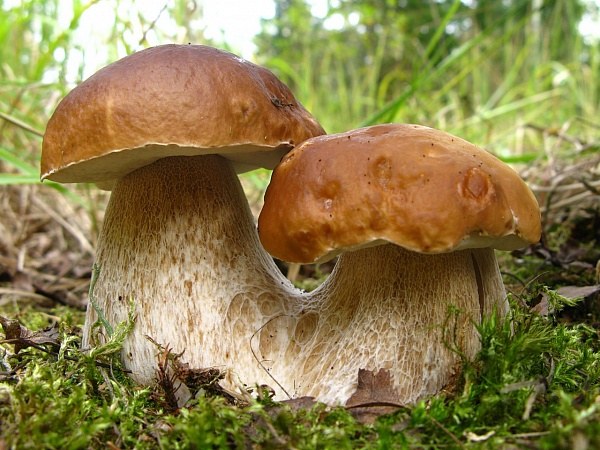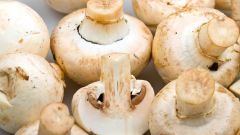Industrial mushroom cultivation unprofitable, but the gardeners did not give up and learn all new ways of growing mushrooms. The difficulty lies in the fact that mushrooms are not plants, and therefore conventional methods of growing plants are not subject to. On the plot mushrooms can be grown directly in the garden or in the basement or cellar. Mushrooms don't need photosynthesis so they can grow in dark areas. Feature artificially grown in the basement of the white mushrooms are lighter and sometimes white hats. This is the only difference from the white mushrooms growing in natural conditions in the forest. For growing mushrooms you need to the room where they are cultivated, for specific requirements.
Fitting for mushroom basement, it should be borne in mind that it is desirable that the ceiling and walls in the basement were concrete. And to avoid infecting fungi, the ceiling and walls should be whitewashed with lime. Underground rooms have relatively stable climate, there are slight fluctuations in temperature and humidity. But a mushroom requires high humidity, so if its not enough, need more hydration. The air temperature in the basement should not be too high for proper growth of mushrooms, it is +14-17 o C. Also, mushrooms require special ventilation. To the vent hole has not penetrated the insects, they should be repaired with mesh.
For the cultivation of mushrooms, in addition to space will require a substrate where they are cultivated, and the seed – the mycelium. As substrate you can use dry corn stalks, husks from buckwheat and sunflower seeds, wood shavings hardwood. An important condition – the substrate must be free of rot and mold. The substrate is prepared in one of three ways:
- hidrotermica (the substrate is processed with hot water);
- xerodermia (steam treated dry substrate);
- pasteurization (steam processed moist substrate).
For growing mushrooms in the home are required only high-quality material, grown in a lab. Further, following the technology for planting and care rules for spawn, after 18-25 days to gather the first harvest.
What should be a room for growing mushrooms
Fitting for mushroom basement, it should be borne in mind that it is desirable that the ceiling and walls in the basement were concrete. And to avoid infecting fungi, the ceiling and walls should be whitewashed with lime. Underground rooms have relatively stable climate, there are slight fluctuations in temperature and humidity. But a mushroom requires high humidity, so if its not enough, need more hydration. The air temperature in the basement should not be too high for proper growth of mushrooms, it is +14-17 o C. Also, mushrooms require special ventilation. To the vent hole has not penetrated the insects, they should be repaired with mesh.
The room is, what's next
For the cultivation of mushrooms, in addition to space will require a substrate where they are cultivated, and the seed – the mycelium. As substrate you can use dry corn stalks, husks from buckwheat and sunflower seeds, wood shavings hardwood. An important condition – the substrate must be free of rot and mold. The substrate is prepared in one of three ways:
- hidrotermica (the substrate is processed with hot water);
- xerodermia (steam treated dry substrate);
- pasteurization (steam processed moist substrate).
For growing mushrooms in the home are required only high-quality material, grown in a lab. Further, following the technology for planting and care rules for spawn, after 18-25 days to gather the first harvest.

